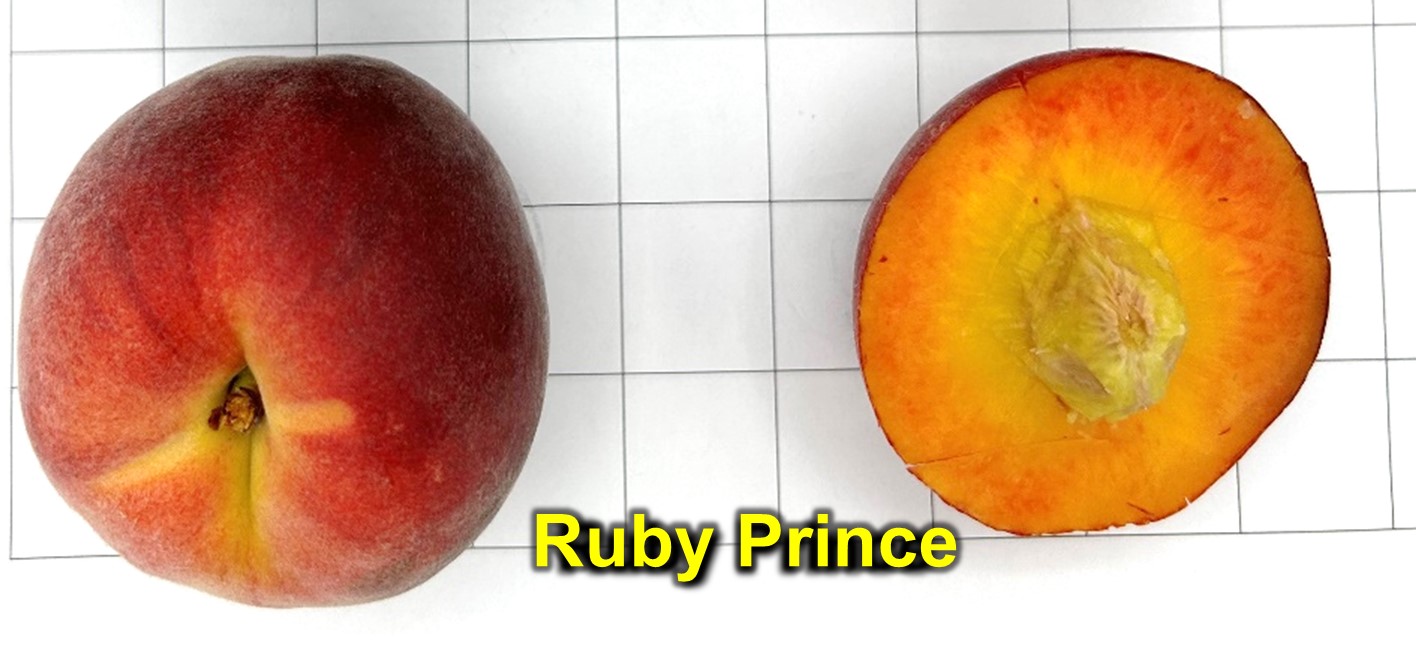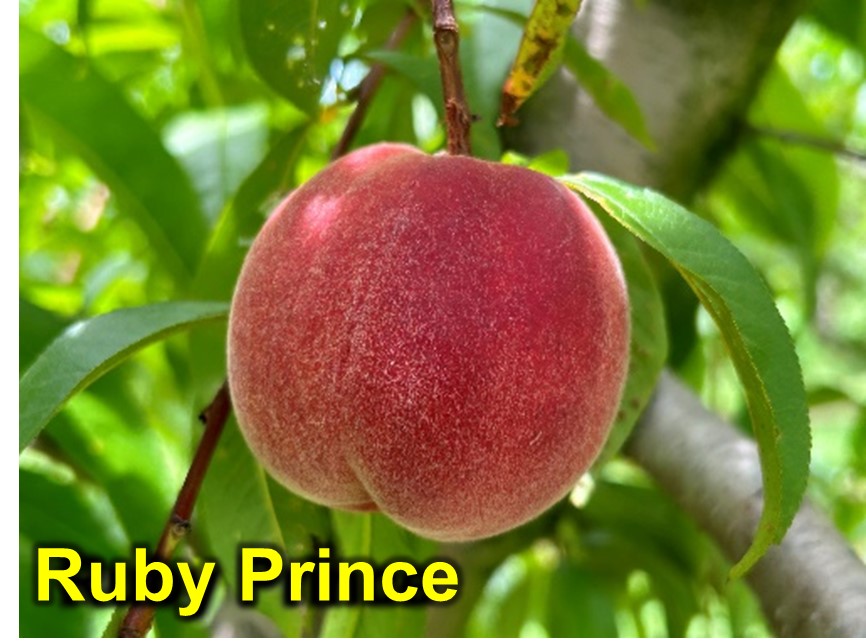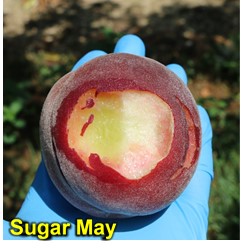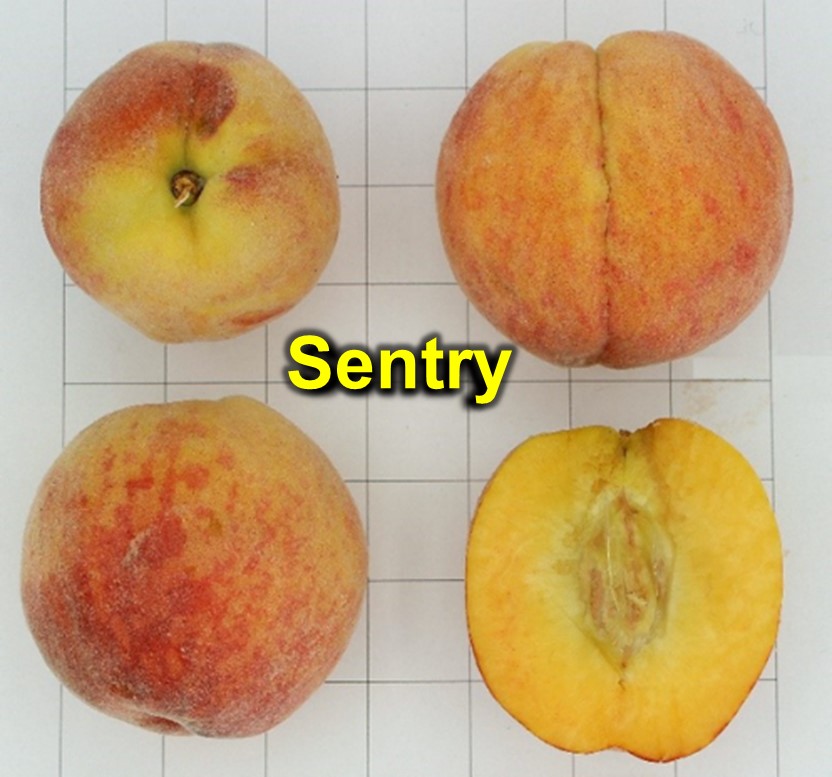 Warmer temperatures and periodic rains in the last few weeks helped early July peach varieties achieve a bigger size. There are excellent peach varieties throughout the harvest season; however, each has a few challenges, and understanding the overall tree and fruit characteristics can help make thinning, harvest, disease management, and post-harvest decisions. The Newer varieties were also compared against standard varieties. Understanding these differences is essential for selecting new varieties or replacing existing ones. Note that these varieties were evaluated in southern New Jersey; as a result, the harvest dates could be a few days later for the Central and Northern New Jersey orchards.
Warmer temperatures and periodic rains in the last few weeks helped early July peach varieties achieve a bigger size. There are excellent peach varieties throughout the harvest season; however, each has a few challenges, and understanding the overall tree and fruit characteristics can help make thinning, harvest, disease management, and post-harvest decisions. The Newer varieties were also compared against standard varieties. Understanding these differences is essential for selecting new varieties or replacing existing ones. Note that these varieties were evaluated in southern New Jersey; as a result, the harvest dates could be a few days later for the Central and Northern New Jersey orchards.
Sentry: It’s a medium-large to large, red over green-yellow ground-colored peach that ripens during the first week of July. The flesh is moderately firm, very sweet, and mildly tangy (Total Soluble Solids (TSS) 11.32 Brix and Titratable Acidity (TA) 2.08 g/l). It is one of the sweeter varieties in this harvest window. In general, the TSS greater than 11 Brix is considered very sweet. It can get bigger up to 3 inches in diameter, however, at the cost of firmness. It has low susceptibility to the bacterial spot.
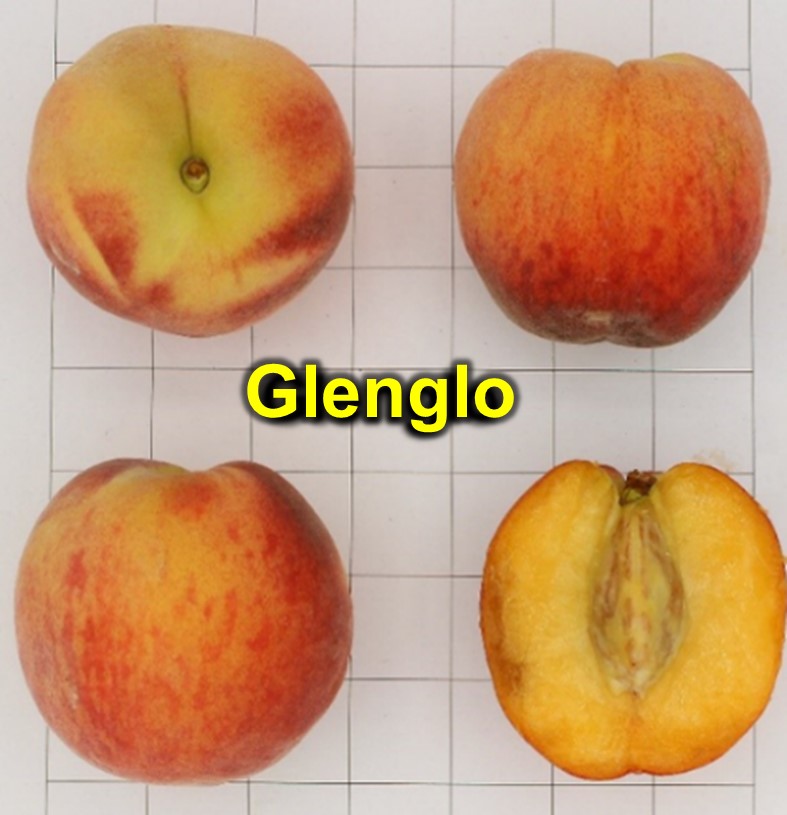 Challenges: The main challenge is that fruit has a variable cropping record, but growers prefer it because of its size and taste. Also, a green-yellow background color may give the impression of unripe fruit. Some growers have noticed that older trees of Sentry produced unevenly ripened fruit where one end of the tip was softer while the other end was much firmer. Bigger fruits tend to split. The general recommendation is to avoid letting fruit get bigger than 2 ¾ inches till the Redhaven season.
Challenges: The main challenge is that fruit has a variable cropping record, but growers prefer it because of its size and taste. Also, a green-yellow background color may give the impression of unripe fruit. Some growers have noticed that older trees of Sentry produced unevenly ripened fruit where one end of the tip was softer while the other end was much firmer. Bigger fruits tend to split. The general recommendation is to avoid letting fruit get bigger than 2 ¾ inches till the Redhaven season.
Glenglo: It’s an attractive yellow-fleshed peach that gets harvested a few days after ‘Sentry’. In some years, it gets harvested before Sentry or overlaps with Sentry. The fruit is medium-large in size, sweet, acidic, and mildly tangy (TSS 11 Brix; and TA 2.5 g/l). It has low susceptibility to bacterial Spot. The cold-hardiness is better than Sentry’s. Glenglo is comparable to Sentry; however, it does not have the problem of uneven ripening. It is considered worthy of replacing “Sentry.
Ruby Prince: It’s a medium-large, globose, and attractive semi-clingstone yellow-fleshed peach variety that ripens a few days after Sentry and Glenglo. The flesh is moderately firm with a sweet and mildly tangy flavor. The scarlet-red over yellow skin color and uniform shape of fruit makes it very attractive variety. It is a worthy replacement of ‘Sentry’. The flesh has greater traces of red. Fruit size is medium to large and uniform.
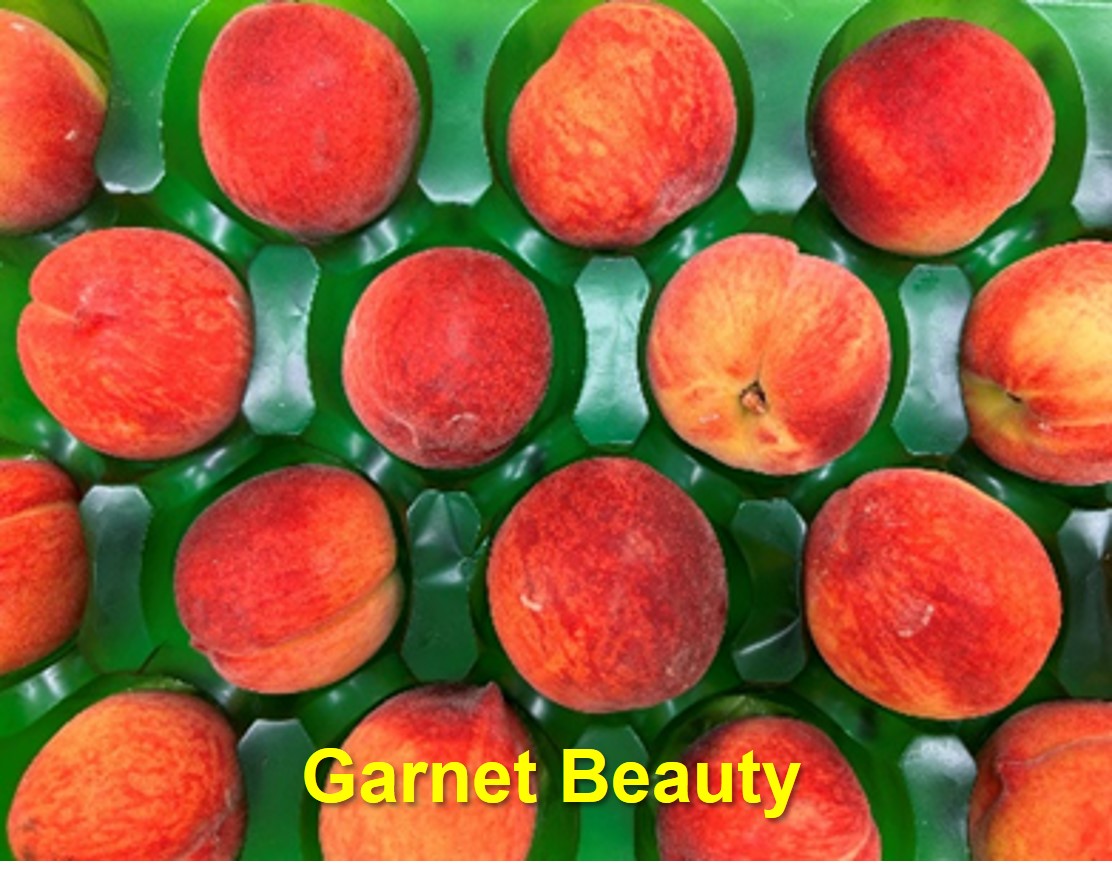 Garnet Beauty is a sport of Redhaven, ripening about 12-14 days earlier. Yellow-fleshed, clingstone, medium-sized peach, relatively hardy with 40-60% red blush. Fruit is high quality, firm, and freestone when fully ripe. The fruit has a prominent suture groove. The tree is vigorous and productive. The flavor is not great compared to other varieties this season.
Garnet Beauty is a sport of Redhaven, ripening about 12-14 days earlier. Yellow-fleshed, clingstone, medium-sized peach, relatively hardy with 40-60% red blush. Fruit is high quality, firm, and freestone when fully ripe. The fruit has a prominent suture groove. The tree is vigorous and productive. The flavor is not great compared to other varieties this season.
Other yellow-fleshed peach varieties: Flaming Fury PF7 is a medium to medium-large, semi-freestone yellow-fleshed peach that ripens during the Glenglo season. This is a good-yielding peach variety; however, most other varieties have better sizes.
White-fleshed Peach Varieties.
Sugar May is a firm, white-fleshed, clingstone peach ripening around July 7. dark red to purplish red skin color. The flavor is good, but acidic. The tree is vigorous and productive but susceptible to bacterial spot.
Challenges: For the white fleshed peach, it is a little too acidic, and some consumers’ expects white peaches in general to be very sweet and sub-acid. Skin is dark red, so one must bite to determine if it has ripened. The core stays greenish-yellow. As seen in the photo, the first superficial (right) bite has cream flesh; however, the slightly deeper (left) bite has greenish flesh. Also, it is moderately susceptible to bacterial spot.
